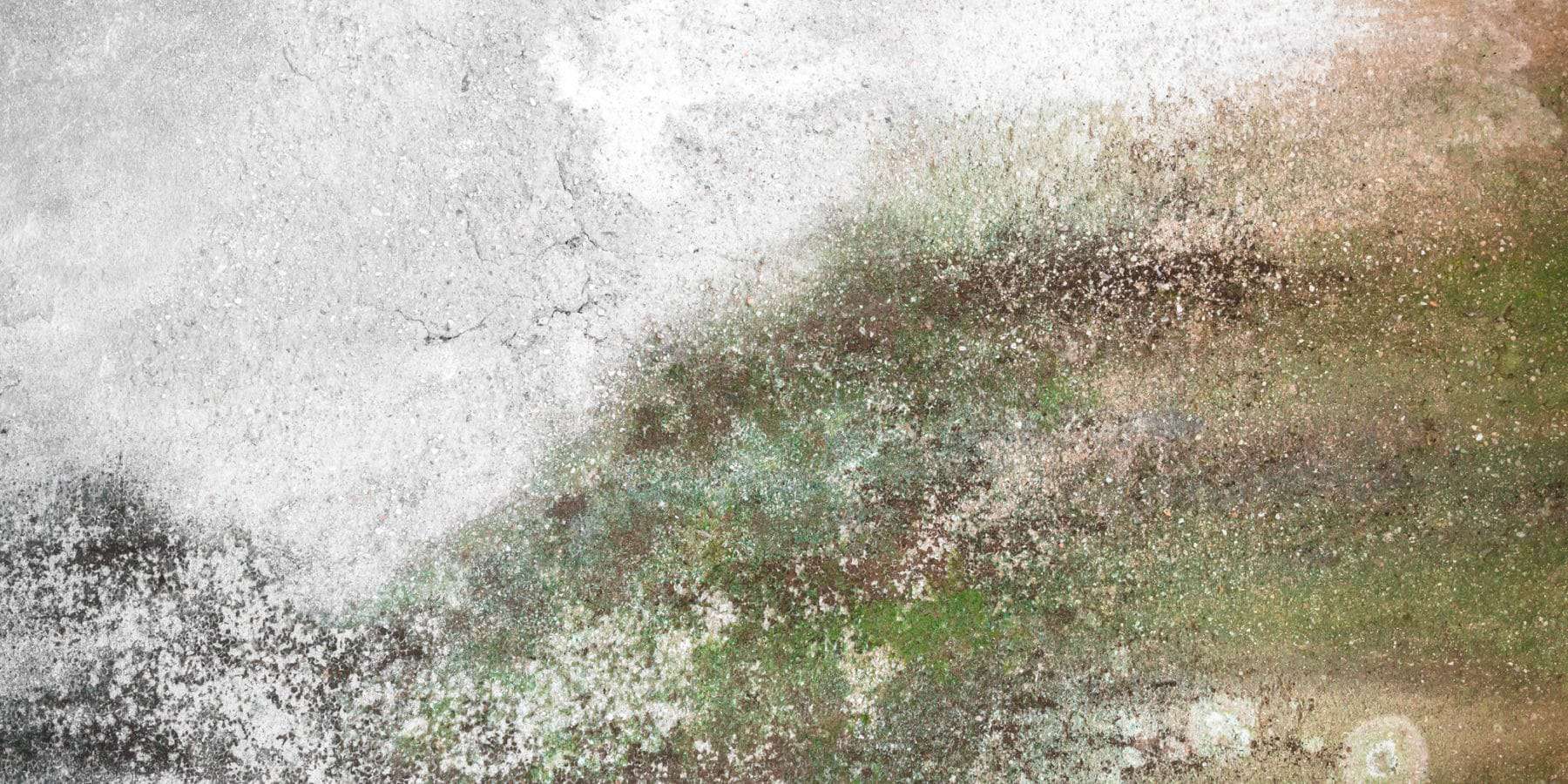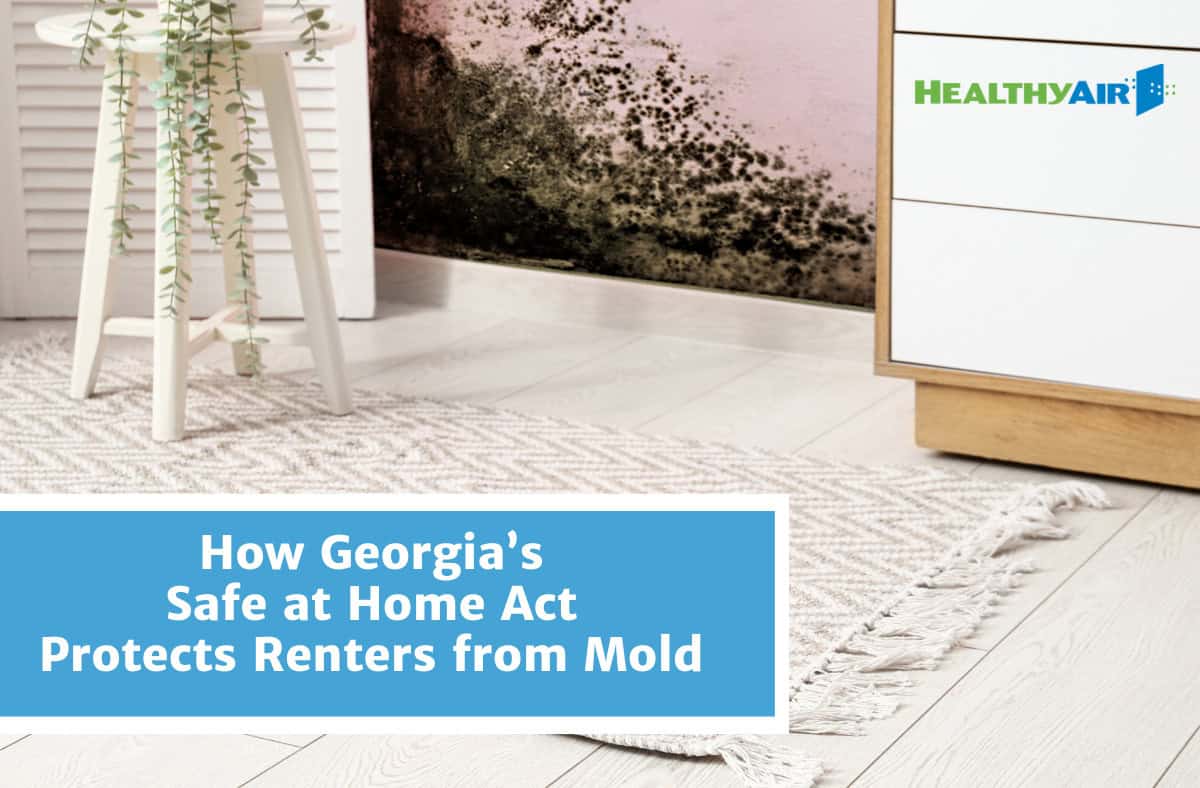The Most Common Black Mold Symptoms You Should Be Aware Of

Recognizing These Black Mold Symptoms Can Keep Your Family Safe
Stachybotrys chartarum, aka toxic black mold, grows well in moisture-rich environments. It primarily attaches itself to building materials that contain cellulose. Examples include gypsum and fiberboards. Mold spores travel in the home through heating and air conditioning systems. How do you know if the mold spots you see on the wallpaper or in the bathroom are making you sick? Do you recognize black mold symptoms?
Common Symptoms That Could Hint at the Presence of Black Mold
Black mold is toxigenic. This characteristic means the mold releases toxins that your body reacts to. The concentration of mycotoxins in your environment can determine the severity of the symptoms you experience. For many people, the initial symptoms mimic those of an allergy attack. Your eyes water and itch. You have a stuffy nose and difficulty breathing. If you have asthma, there is a good chance that the condition worsens.
Headaches are common, and you might also develop recurring chest colds. At night, you wake up because of frequent coughing fits. Some people develop sinus infections that add to the list of symptoms they experience. Because many of these conditions sound like simple seasonal problems, you might try over-the-counter medications.
If you seek out medical help, your doctor most likely will not ask about any mold exposure because the symptoms seem to indicate seasonal allergies. However, as symptoms worsen, your doctor may get suspicious. This suspicion typically arises with otherwise healthy non-smokers who present with shortness of breath. Some people concurrently develop a fever without any clear secondary signs of infection.
Who Is at Risk of Developing an Illness after Exposure to S. Chartarum?
If you have an allergy to mold, you may be more susceptible to suffering adverse effects after exposure to S. chartarum. Other groups of people that are more likely to develop a black mold illness include individuals with suppressed immune systems, lung disease sufferers, and recent organ transplant recipients. Young children, too, could be at a higher risk.
What Should I Do If I Suspect the Presence of Black Mold?
Many homeowners try to clean up the areas themselves. If you are not dealing with S. chartarum, and the mold spots only affect small areas in the home, you might be successful. For example, if you have carpeting that developed mold due to water damage, it is easy to throw out the affected patch.
However, consider that you are dealing not just with the mold itself but also the spores. Moreover, if you are dealing with black mold, it would be safer to enlist the help of experts. They will visit your home and provide professional mold testing that verifies the presence of black mold or other fungal colonies. Next, they will treat the affected areas based on the test’s results. Doing so ensures that you eradicate the sickness-causing mycotoxins. Professionals also provide standard remediation services that include removal or treatment of affected building materials.
Learn more about black mold symptoms and how to deal with the presence of mold spots in a home. Healthy Air USA routinely works with homeowners like you, who want to ensure that they provide their families with a healthy living environment. Contact us today!



